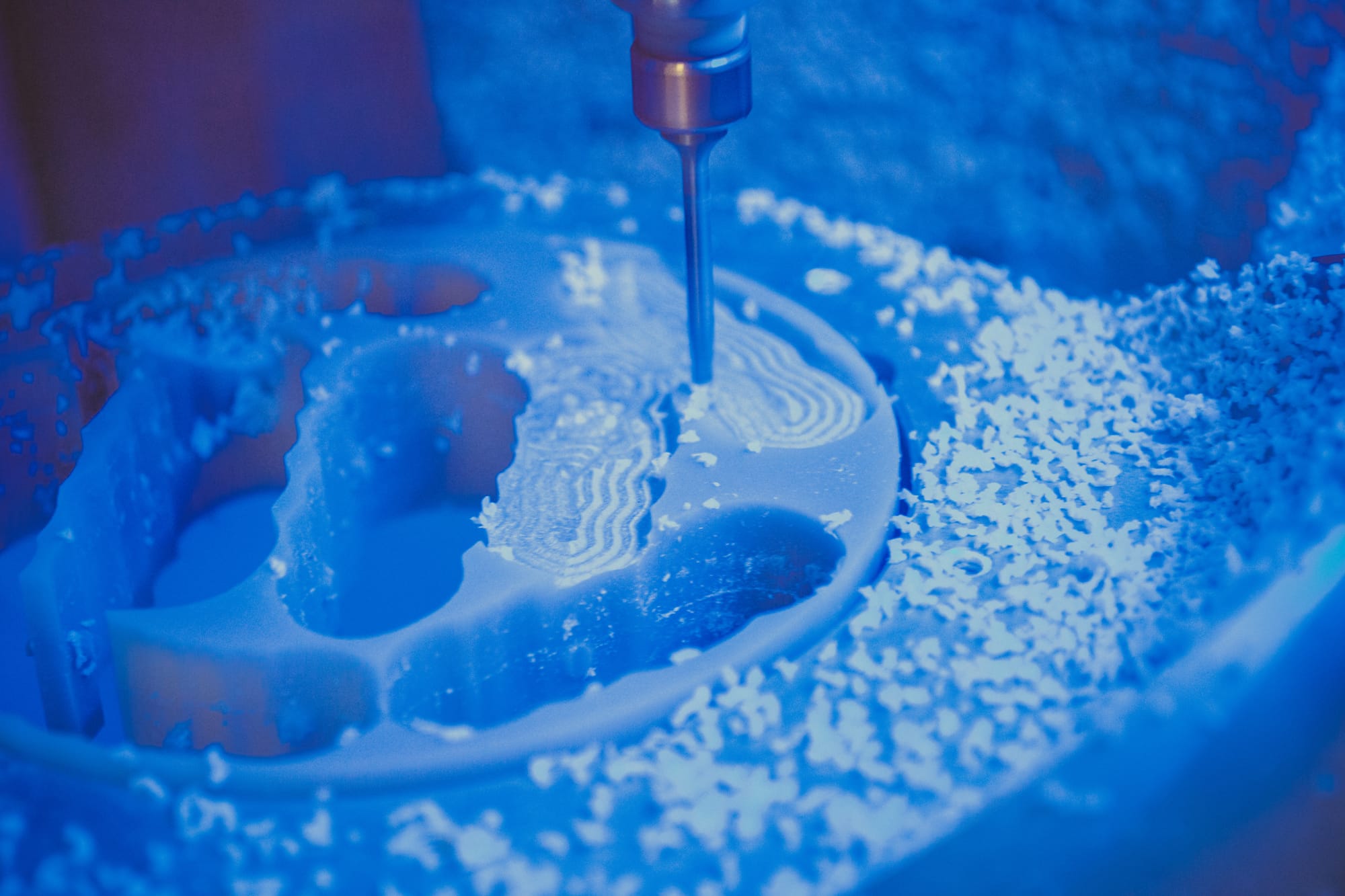
The Art and Science of 3D Printed Dental Crowns: Revolutionizing Dental Care
In the intricate field of dentistry, where precision meets aesthetics, dental crowns stand out as essential elements in both restorative and cosmetic treatments. Traditional approaches to crafting these pivotal components, while effective, are not without their drawbacks. Dentists and patients alike frequently face hurdles such as prolonged treatment durations, discomfort associated with multiple dental visits, and the vexing inaccuracies from manual impressions. However, the evolution of technology paves the way for innovative solutions. One of the most transformative advancements in this domain is the integration of 3D printing technology, which promises to reshape the landscape of dental restoration.
The traditional process of crafting and placing dental crowards involves several painstaking steps. Initially, a dentist must create a mold of the patient's tooth, a process that often requires uncomfortable physical impressions. This mold serves as the blueprint for crafting the crown, which is typically done in an external laboratory. The materials used, such as porcelain or ceramics, necessitate precise manual workmanship under stringent conditions, contributing to extended waiting periods — often spanning several weeks. Moreover, if the resulting crown is not a perfect fit, further adjustments or remakes are necessary, elongating the treatment time and increasing costs.
The introduction of 3D printing technology addresses these issues head-on by enhancing both the accuracy and efficiency of creating dental crowards. This innovative approach involves digital impressions that are more comfortable for the patient and provide a more precise map of the dental anatomy. The digital data is then used to design the crown using sophisticated computer software, allowing for meticulous adjustments that are difficult to achieve manually. Once the design is finalized, the crown is printed using specialized dental materials in a process that takes only a few hours, drastically reducing the turnaround time from weeks to potentially the same day.
Advantages of 3D Printed Dental Crowns
3D printing offers a plethora of benefits over traditional methods, which contribute vastly to its integration into dental practices:
- Precision and Customization: Digital impressions and computer-aided design (CAD) software allow for a level of detail unachievable with manual techniques. This ensures that the crowns fit more accurately, reducing the risk of discomfort or additional adjustments post-placement.
- Speed: From impression to final product, the entire process can be completed in a substantially reduced timeframe. This efficiency is not only more convenient for patients but also increases the productivity of dental practices.
- Material Options: Various materials can be used in 3D printing, including ceramics, resin, and composite blends. These materials are tailored for dental use, ensuring durability and aesthetic appeal.
- Cost-Effectiveness: Reducing the number of visits and the labor involved in creating dental crowns cuts down overall costs. This, coupled with the decreasing cost of 3D printing technology, makes it an economically attractive option for both dentists and patients.
- Patient Comfort: Eliminating the need for physical dental impressions and reducing the number of dental visits improves the overall patient experience. It relieves some of the anxiety and discomfort associated with dental procedures.
The Challenges Ahead
Despite the groundbreaking potential of 3D printed dental crowns, several challenges remain. Adoption of such innovative technology requires significant investment in new equipment and training, which might be a hurdle for smaller dental practices. Moreover, as with any new technology, there is always a learning curve involved, which could initially affect productivity. Regulatory frameworks also need to keep pace with technological advancements, ensuring that the materials and methods used are safe and effective for medical use.
Furthermore, while numerous materials suitable for dental applications are available for 3D printing, not all possess the strength and durability required for long term use. Research and development in this area are crucial to expanding the options available, ensuring that 3D printed crowns do not just match but potentially exceed the quality of their traditionally manufactured counterparts.
Looking to the Future
The future of dental treatment with 3D printing technology looks promising. As more dental practices adopt this cutting-edge technology, the benefits will become increasingly apparent, driving further innovations and improvements. The feedback loop created by widespread usage will foster enhancements in material science, printer technology, and digital design tools, further refining the process.
In conclusion, the adoption of 3D printing technology in dental crown production heralds a new era in dental care, marked by improved efficiency, precision, patient comfort, and cost-effectiveness. As the technology matures and overcomes current limitations, it has the potential to become the new standard in dental restorations. Embracing this change will not only benefit the practitioners and patients but will also push the boundaries of what is currently achievable in dental medicine, merging the art and science of dentistry in ways never before possible.